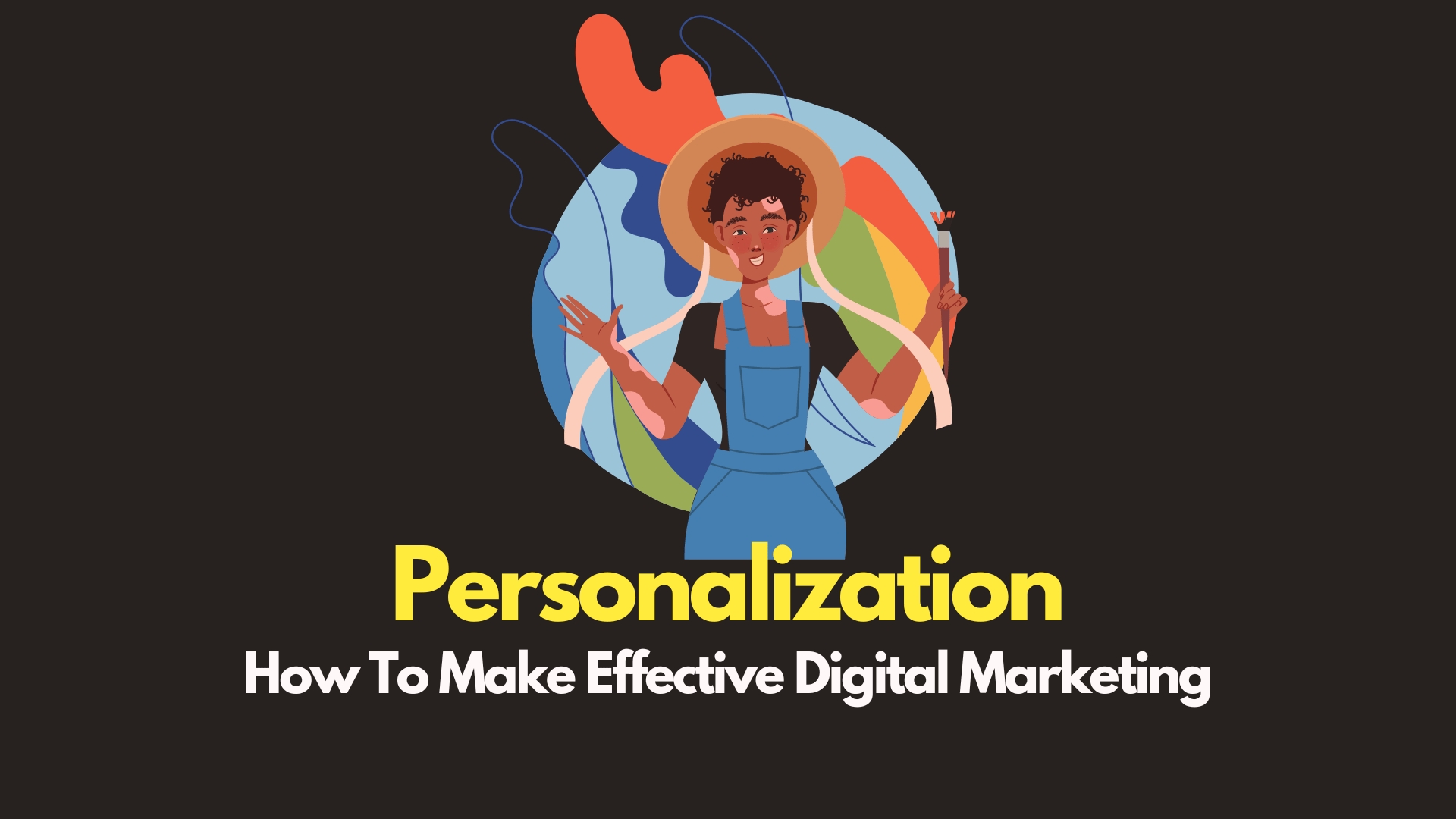Published
- 3 min read
Personalization Strategies in E-Commerce

Key Takeaways
- Personalized Search: Tailoring search results based on past purchases improves search relevance.
- Promotional Personalization: Customizing promotions using customer data can increase sales significantly.
- Hyper-Personalization: AI and ML techniques can address customers’ implicit needs by delivering targeted information.
- Ad Personalization: Personalized ads based on product and brand can attract more attention and influence behavior.
- Real-Time Personalization: Optimizing real-time e-commerce elements like carousels can improve user engagement.
- Banner Personalization: An integrated framework for banner personalization can enhance user experience in e-retail.
In the digital age, personalization has become a cornerstone for enhancing the consumer experience. By leveraging data and technology, businesses can create a more engaging and relevant journey for their customers. Here are some cutting-edge techniques to personalize the consumer experience effectively.
Personalized Search Enhancements
Personalized search is a powerful tool that tailors search results to individual users based on their previous interactions and purchases. This approach ensures that consumers find what they’re looking for more efficiently, leading to a more satisfying shopping experience. By anticipating user needs and preferences, businesses can enhance search relevance and recommendations.
Maximizing Promotions with Personalization
Personalized promotions are a strategic way to nudge customers towards making a purchase by offering them deals that are hard to resist. By analyzing customer data and past behavior, businesses can create targeted promotions that align with individual preferences and shopping habits. This can result in a dramatic increase in sales and customer loyalty.
The Power of Hyper-Personalization
Hyper-personalization goes beyond basic customization. It involves using AI and ML to analyze real-time data and provide customers with the most relevant content, products, and recommendations. This level of personalization addresses the implicit needs of customers by delivering the right message at the right time through the right channel.
Impactful Personalized Advertising
Online ads that are personalized according to a customer’s recent shopping behavior can significantly increase engagement. Ads that are tailored to reflect the consumer’s product preferences or brand affiliations are more likely to attract visual attention and be perceived as relevant. This not only improves ad recognition but also positively influences attitudes and behavioral intentions.
Real-Time Personalization in E-Commerce
Real-time personalization frameworks can optimize the placement and ranking of product carousels and other dynamic elements on e-commerce platforms. By capturing a user’s affinity for different categories and their likelihood to engage with new items, businesses can significantly enhance item discovery and online engagement.
Banner Personalization Strategies
For small to medium e-retailers, an integrated framework for banner personalization can be a game-changer. Combining topic models and neural networks allows for the recommendation and optimal ranking of banners, improving the overall shopping experience and potentially outperforming other popular personalization methods.
Enhancing Your Business with Personalization
Personalization is not just a marketing strategy; it’s a comprehensive approach to business that can be applied across various sectors. Whether you’re in the business, health and wellness, or marketing industry, personalization techniques can be tailored to fit your unique business needs and customer base. Explore our categories for more insights: Business, Health and Wellness, Marketing.
For a deeper dive into the consumer experience and how personalization plays a role, check out our posts on Consumer Experience Economy and Personalization Consumer Effect.
Conclusion
Incorporating personalization into your business strategy is essential for staying competitive in today’s market. By understanding and implementing these techniques, you can enhance the consumer experience, foster loyalty, and drive growth. Remember, the key to successful personalization is to deliver relevant and timely experiences that resonate with your customers’ needs and preferences.